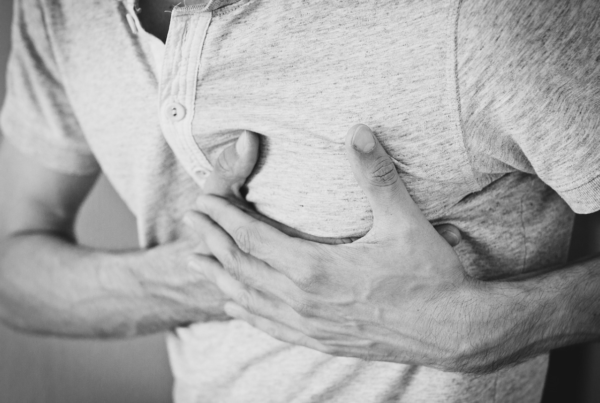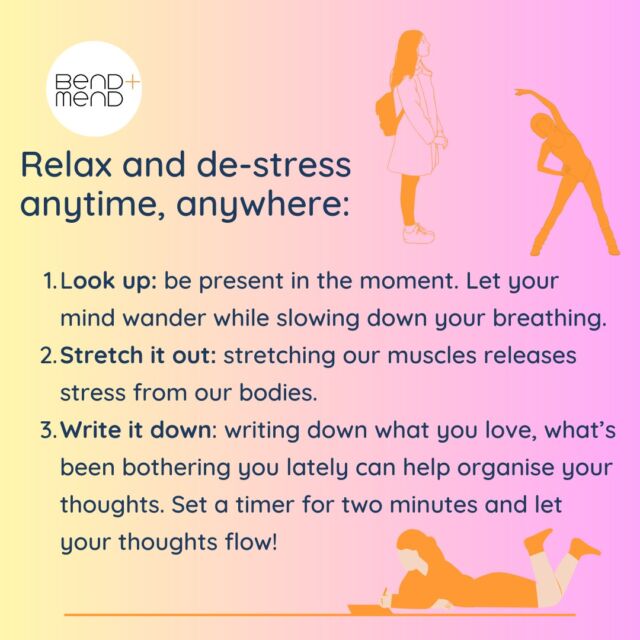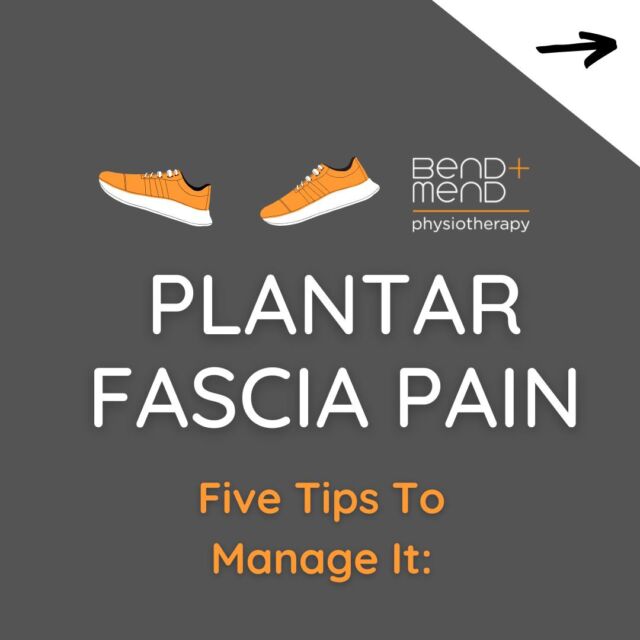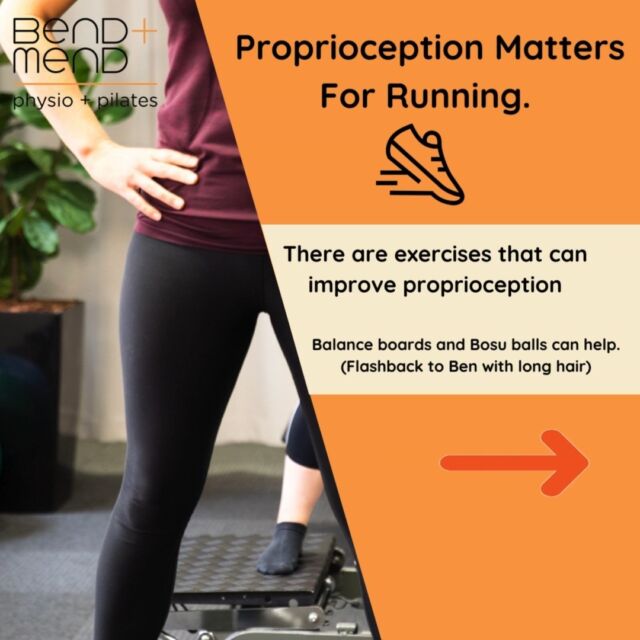What is Pregnancy-Related Abdominal Separation?
Diastasis Recti (DR) is the term used for the separation of the abdominal muscles via stretching of the connective tissues in the midline (linea alba) during pregnancy.
What Causes it?
Pregnancy is the most common cause of DR. Its a natural adaptation of the body in order to accommodate a growing baby. This usually occurs during the latter part of the second to the third trimester. It is estimated that 90% of women in their 3rd trimester will have some separation.
But its also important to know that this condition can occur in other individuals including men and athletes. It is usually associated with circumstances where there is a significant increase in intra-abdominal pressure, such a heavy weightlifters and obesity.
How to Check if you have DR:
Your Physio is the most experienced person to check if, and to what degree, you have DR.
If you would like to check it yourself you can follow the steps below:
Lie on your back with your knees bent
Place your fingertips firmly above your belly button
Lift your head and shoulder up off the floor to contract your abdominal muscles, while feeling for separation under your fingers. You should be able to feel the borders of the rectus muscles starting to squeeze your finger/s.
Some degree of separation occurs in all pregnancies and a one to two finger gap is usually not problematic. However, significant DR can cause problems such as low back or pelvic pain. It is important to know about DR during pregnancy and postpartum, because if you do have this condition and you don’t realise you do… then you can unknowingly make the condition worse.
Things you can do during pregnancy to limit Abdominal Separation:
- Posture – try to maintain a ‘neutral’ posture at all times. Try not to stand or walk with your belly pushed out.
- Movement – think about how you get up and down from the floor, lying or seated position. If you’re getting out of bed or up from the floor – roll onto your side and then push up with your hands. Never use your abdominal muscle alone to get you up.
- Lift carefully – ideally you avoid any unnecessary heavy lifting while pregnant. But if you have to carry or pick up a heavy objects (such as your eldest child), bend down with your legs. Keep the object you are carrying as close to your body as possible and use two hands to carry. Exhale as you pick up the object – do not hold your breath.
- Do not strain
- Avoid “Coning” or “Doming” – Coning (also known as Doming) of the belly during pregnancy occurs when you see a ridge or bulge popping out down the middle of your stomach. This may be seen when doing an exercise that puts too much stress of the abdominals (eg. sit-ups) and should be avoided.
- Focus on strengthening your deep core muscles, including the most important – Pelvic floor muscles. Clinical Pilates is a great way to safely strengthen the deep core muscles during pregnancy.
Take Home Message
The separation of the abdominal muscles is a natural adaptation of the body to accommodate a growing baby. If you suspect you have DR during or after pregnancy, a physiotherapy assessment will help to identify any contributing factors such as pelvic floor weakness. This assessment will help your Physiotherapist develop a personalised strength program to address any strength issues and hence limit further abdominal separation.
At Bend + Mend in Sydney’s CBD we run small group and private sessions in Pregnancy Pilates. All sessions are run by a Physiotherapist who will instruct you in safe and effective pregnancy-modified exercises to minimise DR while strengthening the deep abdominal and pelvic floor muscles and get you ready for the physical requirements of motherhood. But don’t forget about your body after your baby is born! Appropriate post-natal exercise advice can help reduce DR early on and avoid long term pelvic floor and DR issues.







